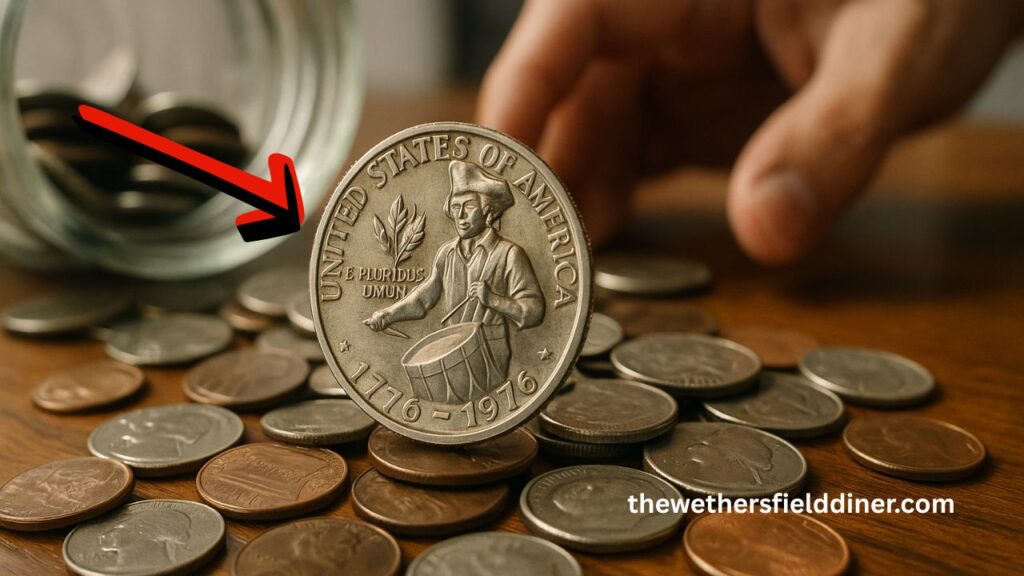A 1976 Bicentennial quarter featuring the well-known Drummer Boy design just sold for a staggering $450,000, turning heads in the coin-collecting community . Normally, these quarters are common and often worth only 25¢, but exceptional error coins can reach astronomical values.
Why Was This Drummer Boy Quarter So Valuable?
1. Error Coin & Rare Variation
Most Bicentennial quarters bear the drummer design but are mass-produced—making them common in circulation. Only those with striking errors—double dies, filled mint marks, missing clad layers—stand out and command high prices .
2. Exceptional Condition & Provenance
This particular coin was likely uncirculated or graded high-level error variant, warranting its high sale price. Coins graded MS68 by PCGS or NGC have fetched thousands or more, based on error type and visual clarity .
3. Auction Buzz & Historical Context
Past top sales have included coins reaching $475,000 in online auctions. Even rarer examples, like doubled‑die silver quarters, have reportedly sold for millions in private sales.
Estimated Values of 1976 Drummer Boy Quarters
| Variant / Condition | Estimated Value Range |
|---|---|
| Standard circulated (common type) | $0.25 – $1.00 |
| Uncirculated, no errors | $2 – $10 |
| Error quarter (minor flaw) | $20 – $100+ |
| Double die / major strike error (DDO) | $200 – $1,000+ |
| Exceptional error coin sold | $450,000 |
| Ultra-rare silver doubled‑die | $3 million – $12 million |
Most standard coins will only be worth face value. But in rare cases—like this $450k sale—coins can become prized collector pieces based on error type and condition .
Understanding the Bicentennial Quarter & Drummer Boy Design
The 1976 quarter was part of the U.S. Mint’s Bicentennial coinage, celebrating America’s 200th birthday. Designed in 1974, the quarter’s reverse features a colonial drummer boy, surrounded by 13 stars and the dual date 1776–1976 . Over 1.6 billion coins were minted, making most pieces very common.
How to Spot a Valuable Drummer Boy Quarter
- Check for mint mark: Philadelphia (no mark), Denver (“D”), or San Francisco (“S”). Error variants can appear in any.
- Inspect for minting flaws: Look for double-die obverse (DDO), missing clad layer, misaligned strikes, or filled mint marks.
- Consider condition: High-grade (MS67–MS68) error coins command the highest prices.
- Get expert grading: Professional certification by PCGS or NGC significantly increases credibility and value.
A 1976 Bicentennial Drummer Boy quarter recently sold for a jaw-dropping $450,000, highlighting the potential hidden value in common coins.
While most copies are worth only face value, exceptional error variants—especially in top-tier condition—can become numismatic treasures. If you have one with unusual features or extraordinary quality, getting it graded may uncover a fortune.
FAQs
What makes a 1976 Drummer Boy quarter worth $450,000?
How common is this drummer boy error variety?
Should I check my spare change for one?
Yes—it’s worth a look. While most are standard and worth only a few cents, have them professionally assessed if you suspect a minting error or see unusual doubling or misprints.
